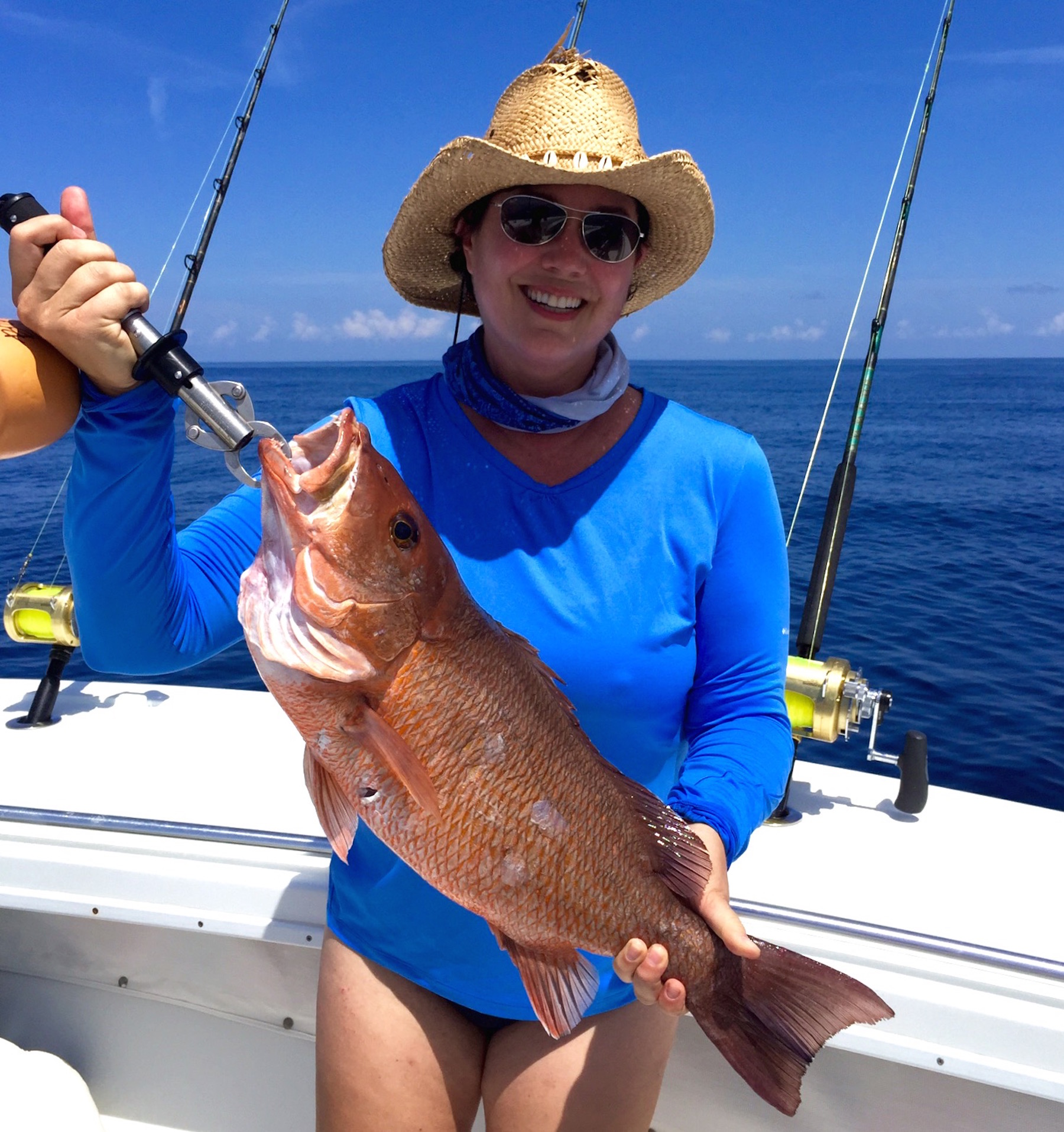

You can easily confuse a mutton snapper with a lane snapper. It is plain when swimming but changes to barred while resting. The snapper’s notable unique feature is its two-color phases. Mutton snappers are generally very colorful and love rocky reefs. These fishes are almost always in groups near a shelter, such as caves on a drop-off or a large coral head.ĭistribution: Caribbean Sea, Bahamas, Florida, Gulf of Mexico, Brazil, Massachusetts Their soft and spinous dorsal fin portions are deeply divided. The snappers have very long, slender pelvic fins. The juveniles are normally white and black, while the iris is yellow. You can recognize each member of this stout-bodied fish species by its unique coloration. The midnight snapper is a tropical fish with a yellow-brown head with blue lines and spots. Younger mangrove snappers feature a blue stripe and a conspicuous dark stripe on the cheek.ĭistribution: Great Barrier Reef, Western Australia, Western Pacific, East Indiana Ocean They often have reddish-orange fins and pale, narrow bars on the body. The mangrove snapper species vary in color depending on age. Due to their high tolerance for varied salinity levels, these fish thrive in the Western Atlantic Ocean’s fresh lakes and salty waters. The mangrove snappers are slimmer and smaller than most snapper species. You’ll commonly find these fish at depths between 20 and 250 feet.ĭistribution: Bahamas, West Indies, Florida Coast, Gulf of Mexico, Bermuda, Massachusetts The horizontal lines on this snapper species’ side vary from yellow to pink.

Their distinct coloration of red to pink on their upper side, fading to a silvery-yellow belly, makes up for their small size. The largest lane snapper can hardly get a length of 25 inches and weigh 8lbs. Lane snappers are among the smallest snapper species. They have red-orange scales, large heads, and canine-like teeth, giving them a mean look.Īnglers in Panama easily catch Cubera snappers near the islands, by submerged rocks, and in shallow waters less than 70 meters in-show.Īnyone intending to catch these epic snappers should be ready for a fight because they’ll easily take off for the bottom in a hard run.ĭistribution: Gulf of Mexico, Bermuda, South America, Brazil, North Carolina Anglers catch them throughout daylight hours.ĭistribution: West Atlantic Ocean from Brazil to MassachusettsĬubera snappers are the largest snapper species in the world, weighing up to 40 lbs. When on their own, black snappers feed most heavily at night or in the late afternoon. More interesting is that this gray snapper is seldom gray upon growing to over 14 inches – it turns brick-red. Many Louisiana folks commonly call it a mango snapper. The black snapper is a traditional name for the gray snapper. It’s such an exhilarating experience to catch one of these aggressive eater fish.ĭistribution: Gulf of Mexico, North Brazil, Trinidad, Bermuda, Tropical Western Atlantic This snapper species can grow up to 40 inches and live for over 50 years.ĭue to northern red snappers’ delicious reputation, they have a strong commercial harvest. You will find their schools around the underwater structure at depths exceeding 20 feet. The northern red snapper is the most popular in the United States. Northern Red Snapperĭistribution: Central America, North America, Gulf of Mexico 13 Types of Snapperįrom the colorful on-shore schoolmaster snappers to the big offshore bruisers, here is a list of 13 popular snappers.

A few species, including the dog snapper of the Atlantic Ocean, contain ciguatera poison. They dwell at depths of between 450 and 500 miles. Snappers prefer tropical and subtropical climates. They’re found abundantly in the Pacific, Indian, and Atlantic Oceans. There are over 100 snapper species discovered throughout the world. Snappers are carnivores they prey on crustaceans, among other fishes. They’re usually rather large, with most growing to attain a length of two to three feet (60-90 centimeters). Snappers are active, schooling fish with forked or blunt tails, sharp canine teeth, large mouths, and elongated bodies. Why is snapper a popular choice for fishing?.


 0 kommentar(er)
0 kommentar(er)
